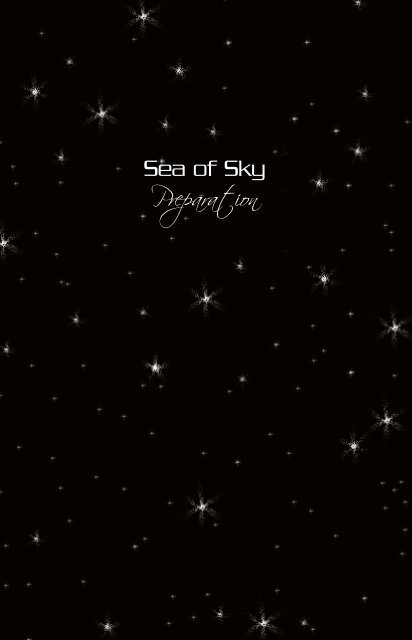edgar-mitchell
edgar-mitchell
edgar-mitchell
You also want an ePaper? Increase the reach of your titles
YUMPU automatically turns print PDFs into web optimized ePapers that Google loves.
View From the Velvet Blackness 19<br />
We have seen men catapulted into outer space without knowing what they<br />
would find there; we’ve seen men climb mountains of the moon, where<br />
they beamed the picture back to millions of magic boxes in living rooms,<br />
taverns, shops, and kitchens around the world. Whoever said the Age of<br />
Miracles passed long ago hasn’t been paying attention.<br />
What our children won’t see is the trajectory of this evolution, its defining<br />
arc; that story must be recorded for them in the living pages of<br />
books or other media. There will be no horse-drawn plows or penny farthings<br />
in the coming centuries. Our lives will eventually pass, recorded<br />
only on celluloid and the page, silicon, or digitally, as a kind of artifact—<br />
cave drawings from the 20th century. Religions of the world will loom,<br />
then fade—or remain, depending upon their ability to adapt to the everchanging<br />
notions about reality they were created to discover.<br />
Even in our time, we still cling to the idea of the supernatural, the<br />
demonic, the divine. We use it when science seems to offer no acceptable<br />
explanation. In medieval times there was no science, only religion. Since<br />
Rene Descartes, each belief system has been allowed to proceed down a<br />
separate, noninterfering path. And for 400 years they have enjoyed a peculiar<br />
independence, as Descartes believed thought and matter were of<br />
two different realms. This dualistic philosophy has allowed Western science<br />
and religion to evolve as we now know them. The Church has left<br />
science to the scientist, the scientist has left religion to the theologian, and<br />
they have more or less peacefully coexisted (with a few notable exceptions)<br />
ever since.<br />
It isn’t an overstatement to say that Descartes opened the way for Newton<br />
and the early classical scientists, then much later Planck, Einstein, Bohr,<br />
and finally the new model of quantum mechanics. It is this revolutionary<br />
scientific model that finally penetrated the veil of religion by demonstrating<br />
that the act of observation could affect the observed. These realms of<br />
thought must not merely coexist in the mind of the scientist and the theologian,<br />
but must be allowed to become integrated—simply because they<br />
are so obviously intertwined. Sooner or later this reconciliation is inevitable,<br />
as the scientific method has shown itself powerful enough to discover<br />
its own flaws. I have come to believe evolution has progressed such<br />
that we must now assume a large measure of conscious control in our own<br />
evolutionary process, as human volition is in fact a fundamental characteristic<br />
of nature.<br />
I am one of a growing handful of human beings to have seen the Earth<br />
from the point of view of an extraterrestrial. In the heavens there is no up<br />
and down, no east or west. Earth is but a beautiful blue speck in the midst<br />
of a vast emptiness marked by luminous celestial bodies. We inhabit but<br />
one of those celestial bodies; one of the most organized—for all we know.


